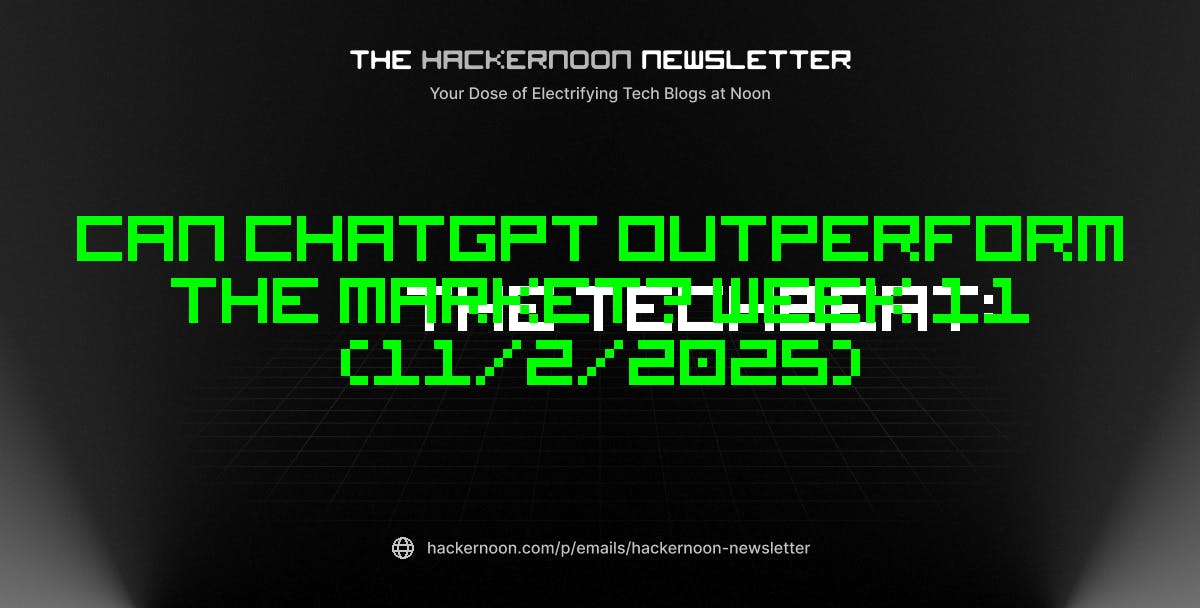Since 2015, James Wo has been at the forefront of the crypto landscape as the Founder and CEO of
1. DFG was early to enter the crypto and Web3 spaces before they became mainstream. What originally drew you to the space, and how has your outlook on the industry evolved over the years?
I was first introduced to Bitcoin in 2014 by a schoolmate during my undergraduate years, and what started as curiosity quickly turned into conviction. As I studied the whitepaper and explored the few available resources at the time, it became clear to me that Bitcoin wasn’t just a new form of money—it was a paradigm shift. It addressed structural flaws in traditional finance, like inflation and centralized control, with elegant technological solutions. That’s when I made my first investment.
Since then, the space has evolved dramatically. We’ve witnessed the rise of entire blockchain ecosystems, increasing institutional participation, and meaningful strides in regulatory clarity. What hasn’t changed is our belief in the core values that underpin Web3: decentralization, transparency, and censorship resistance. We’re still in the early innings of this paradigm shift, and I believe the most impactful use cases are yet to come.
2. DFG has worked with a diverse range of Web3 projects. What trends in crypto are you currently watching that most investors are overlooking?
At DFG, we’ve actively supported leading DeFi protocols such as Aave, Uniswap, and MakerDAO through secondary investments. We’ve been encouraged by the sector’s resilience as DeFi has not only grown in TVL but also matured into a revenue-generating, self-sustaining ecosystem. What many overlook is how DeFi has quietly become the foundational infrastructure for Web3, enabling self-custodial yield strategies, inflation hedging, and broader asset monetization. As regulatory clarity improves, especially around permissionless protocols, we expect DeFi to become more accessible to institutional players, accelerating mainstream adoption.
Beyond DeFi, we’re closely watching decentralized AI, an intersection many investors still underestimate. We’ve backed projects like Render Network, Gensyn, and NEAR, which have pioneered key verticals and seen exponential growth. Decentralized AI solves problems traditional AI struggles with, including data privacy, censorship resistance, and infrastructure democratization. By combining blockchain’s openness with AI’s utility, we believe this paradigm will power the next wave of inclusive, secure, and scalable innovation.
DFG remains committed to backing both DeFi and decentralized AI as core themes shaping the next generation of Web3.
3. With new regulatory measures like the GENIUS Act emerging, how do you foresee regulations like these influencing the dominance of stablecoins?
Stablecoins are poised to lead the next wave of crypto adoption, especially with emerging legislation like the GENIUS Act providing regulatory clarity and a formal path for integration into mainstream payment systems. We’re already seeing early signs of this with major Web2 companies like PayPal and Stripe publicly embracing stablecoin payments and blockchain-based settlement infrastructure.
Regulatory clarity doesn’t just legitimize existing stablecoins; it paves the way for innovation across different models, from fiat-backed to algorithmic. This diversity can unlock new financial primitives, particularly in lending, payments, and remittances. At DFG, we’ve been early believers in this evolution, as we led the early investment in USDC’s development and launch. Moving forward, stablecoins will serve as foundational layers for increasingly complex market structures, and algorithmic designs could introduce programmable, decentralized financial systems that scale globally while preserving stability and trust.
4. The intersection of Blockchain and AI continues to gain momentum. How do you see this relationship evolving over the next decade?
The convergence of blockchain and AI is set to redefine how data, value, and intelligence flow across digital ecosystems. Over the next decade, we expect large-scale AI applications to become deeply integrated into everyday platforms, serving billions of users in areas like personalized finance, content generation, healthcare, and autonomous systems. Blockchain’s role will be critical in ensuring transparency, data provenance, and trust in these AI systems, especially as concerns around bias and control grow.
We envision decentralized infrastructure powering AI models, enabling open collaboration and verifiable data sourcing. This intersection will unlock entirely new economies where users can own, contribute to, and benefit from the AI systems they interact with. As adoption scales, we believe this synergy will shift the internet from platform-centric to user-owned and intelligence-driven.
5. What’s the most common mistake you see early-stage Web3 founders make?
One of the most common mistakes we see many founders make is over-indexing on narrative, hype, and the vertical they’re building in, often to capture attention quickly. While storytelling is important, the real differentiator is building a solid product with an exceptional user experience.
Founders need to stay grounded in who they’re building for and why. That clarity of purpose is what drives real user adoption and long-term retention. Thankfully, we’re seeing more teams tackling UX challenges through better abstraction layers and intent-based design. Ultimately, only products that prioritize usability and user value will succeed in onboarding the next billion users into Web3.
6. Looking ahead, what’s next for DFG? How do you plan to continue navigating an ever-evolving crypto landscape?
Looking ahead, DFG is committed to deepening our presence in emerging crypto sectors while remaining agile amid ongoing regulatory and market shifts. We’re exploring strategic acquisitions of investment firms and venture funds that align with our strengths and support our global expansion. As the industry matures, we believe consolidation will be key to driving the next wave of innovation and capital formation. By combining forces with teams that share our long-term vision and crypto-native DNA, we aim to enhance our deal flow, broaden our investor network, and continue backing transformative projects that shape the future of Web3.








